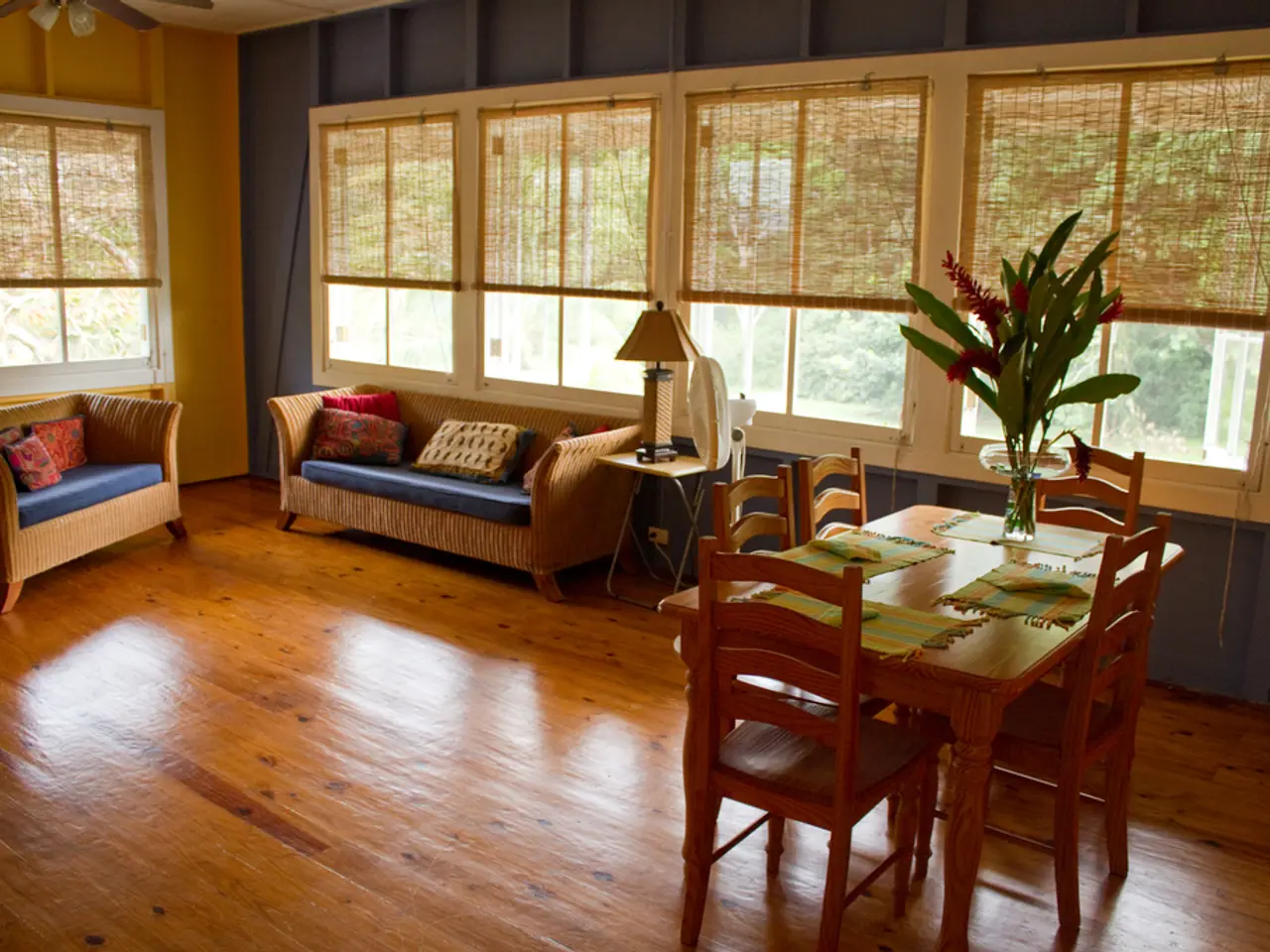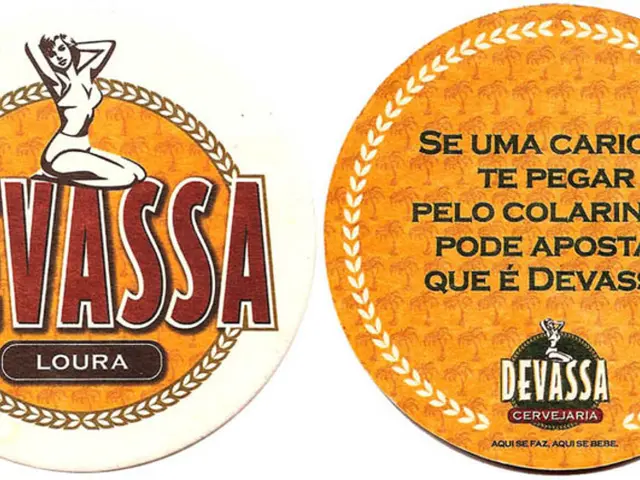Stripes: A Versatile Design for Every Interior Decoration
In the realm of interior design, stripes have held a prominent position, their popularity in British homes evolving over time due to various cultural and artistic influences. This article delves into the history and current trends of stripes in British design, revealing their versatility and timeless appeal.
The roots of stripes in British interior design can be traced back to maritime and colonial connections. As a nation with a rich maritime history, it is unsurprising that stripes, associated with nautical themes, found their way into early British homes. Moreover, the importation of textiles from different parts of the world, such as ikats and other patterned fabrics, exposed British designers to a wide range of stripe patterns, which they incorporated into their designs.
Cultural and artistic movements have also played a significant role in the evolution of stripes in British design. The Arts and Crafts Movement, which emerged in the late 19th century, focused on natural materials and craftsmanship but laid the groundwork for appreciating traditional patterns, including stripes, in a more holistic design approach. Designers like Cath Kidston later popularised retro English style, which often featured stripes alongside florals, bringing a nostalgic and playful vibe to British homes.
The versatility and aesthetic appeal of stripes have made them a popular choice for interior design. They effortlessly combine with other patterns such as florals or geometric shapes, adding visual interest without overwhelming a space. Cath Kidston's widespread influence further solidified the place of stripes in British interior design, making them a staple of retro English style.
In recent years, stripes have continued to thrive in British design, offering a sense of quiet confidence that never dates. At Robert Kime, many striped fabrics come with a twist, such as 'Hishi', 'Marna Pine', 'Chenille Stripe', and 'Algiers Border'. Orlando Atty, the Managing and Creative Director at Robert Kime, notes that stripes speak of travel as much as tradition and bring a sense of interest to interiors that draw on different places and periods.
Flora Soames, an interior designer, sees stripes as a dependable tool for giving structure and form, whether joyful or refined. Elizabeth Downing, co-founder of Blithfield, agrees, stating that stripes have a timeless charm and always manage to feel fresh. Octavia Dickinson, another interior designer, created her own stripe design, 'Cassius', from a scrap of antique silk, describing it as masculine and muted, suitable for practical rooms like boot and utility rooms, dining rooms, and studies.
Stripes are highly adaptable and can sit beautifully alongside various patterns, making them incredibly useful when building a layered scheme. Laura Stephens, an interior designer, often turns to striped rugs for their grounding effect and ability to add a whole new dimension to a room. Getting the colour combinations right is key for Stephens, with her favourite rug combination being Saffron and Berry.
Stripes can introduce a playful element to practical corners, such as linings for cupboards or ceilings draped in a way that evokes Napoleonic campaign tents. The history of stripes in the Western world is not without controversy, with a group of Carmelite monks adopting striped habits in the 13th century causing controversy and several popes trying to suppress the choice. However, today, stripes have shed their stigma and are celebrated for their versatility and timeless appeal.
From the Land Gardeners-inspired bathroom featuring a green and white stripe to the Striped Drawing Room at Apsley House in London, stripes continue to make a bold statement in British interior design. It seems that, whether it's the classic blue-and-white stripes reminiscent of Queen Victoria's painting of her son, Prince Albert Edward, or the more modern 'Plain Stripe' from Flora Soames' 'Pavilion' collection, stripes remain an enduring element in British design.
- The maritime and colonial links have played a crucial role in the appearance of stripes in British home furnishings, as nautical themes and imported textiles influenced early British interior design.
- Cath Kidston's contribution to retro English style increased the popularity of stripes in British interior design, making them a staple of the style with their versatile and timeless appeal.
- Modern design houses like Robert Kime continue to incorporate stripes in their interior-design projects, offering various choices such as 'Hishi', 'Marna Pine', 'Chenille Stripe', and 'Algiers Border', which speak of travel and tradition, adding interest to interiors.




